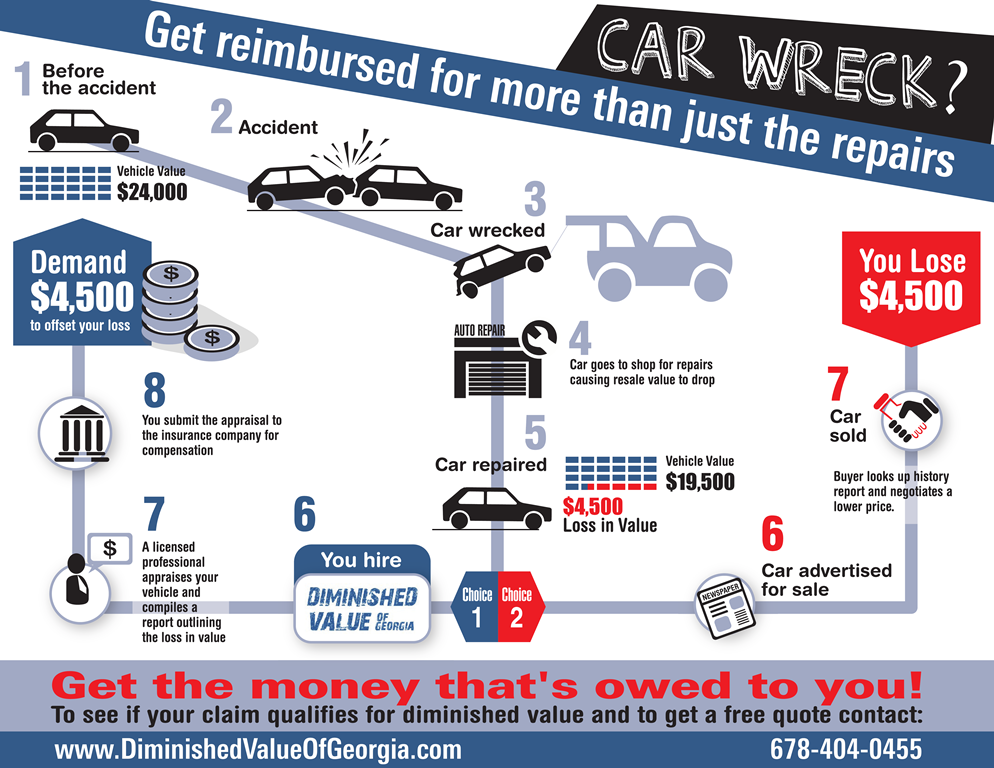Eager To Know What The Control Panel Warning Lights In Your Cars And Truck Symbolize? Explore Their Meanings For The Wellness And Security Of Your Vehicle
Eager To Know What The Control Panel Warning Lights In Your Cars And Truck Symbolize? Explore Their Meanings For The Wellness And Security Of Your Vehicle
Blog Article
Written By-Lim Stark
When you lag the wheel, those glowing caution lights on your dashboard can be a little bit complicated. Do you know what they're trying to inform you concerning your car's health and wellness? Recognizing the relevance of these lights is crucial for your security and the longevity of your automobile. So, the following time among those lights appears, would not you wish to decode its message accurately and take the essential steps to resolve it?
Common Warning Lights and Interpretations
Identify typical caution lights in your auto and understand their definitions to ensure safe driving.
One of the most common warning lights consist of the check engine light, which signals issues with the engine or emissions system. If this light comes on, it's crucial to have your automobile inspected without delay.
The oil pressure warning light suggests low oil pressure, requiring instant attention to prevent engine damage.
A flashing battery light might suggest a faulty charging system, possibly leaving you stranded otherwise attended to.
The tire stress surveillance system (TPMS) light alerts you to reduced tire stress, influencing car stability and gas efficiency. Ignoring this can lead to risky driving conditions.
The ABS light indicates a trouble with the anti-lock stopping system, jeopardizing your capability to quit quickly in emergencies.
Lastly, the coolant temperature cautioning light warns of engine overheating, which can lead to extreme damages if not settled quickly.
Understanding these common warning lights will help you deal with concerns immediately and keep risk-free driving problems.
Importance of Prompt Attention
Understanding the typical warning lights in your cars and truck is just the first step; the relevance of promptly dealing with these warnings can't be highlighted enough to guarantee your safety when traveling.
When a warning light brightens on your control panel, it's your car's method of interacting a possible concern that needs interest. Neglecting these warnings can result in extra serious troubles later on, compromising your safety and possibly costing you a lot more in repairs.
Prompt interest to warning lights can prevent failures and mishaps. For example, a blinking check engine light can indicate a misfire that, if left neglected, might trigger damage to the catalytic converter. Resolving this promptly can conserve you from an expensive repair service.
Likewise, a brake system cautioning light could indicate reduced brake fluid or worn brake pads, vital components for your security when driving.
Do It Yourself Troubleshooting Tips
If you see a caution light on your control panel, there are a few do it yourself fixing suggestions you can try prior to looking for expert aid.
The initial step is to consult your cars and truck's manual to recognize what the specific warning light suggests. Often the issue can be as easy as a loose gas cap causing the check engine light. Tightening the gas cap may deal with the problem.
window tinting is a reduced battery, which can activate numerous warning lights. Inspecting the battery connections for rust and ensuring they're protected could deal with the trouble.
If a warning light continues, you can try resetting it by detaching the automobile's battery for a few minutes and afterwards reconnecting it. In addition, checking your automobile's liquid levels, such as oil, coolant, and brake liquid, can help troubleshoot alerting lights associated with these systems.
https://free-ecu-tuning-software28405.eedblog.com/32201709/mobile-automobile-detailing-ease-fulfills-top-quality-for-your-lorry
In conclusion, recognizing your vehicle's caution lights is vital for maintaining your automobile running efficiently and safely. By promptly addressing these alerts and recognizing what they mean, you can avoid pricey fixings and possible malfunctions.
Keep in mind to consult your cars and truck's manual for specific details on each alerting light and act as necessary to guarantee a hassle-free driving experience.
Remain educated, stay risk-free on the road!
